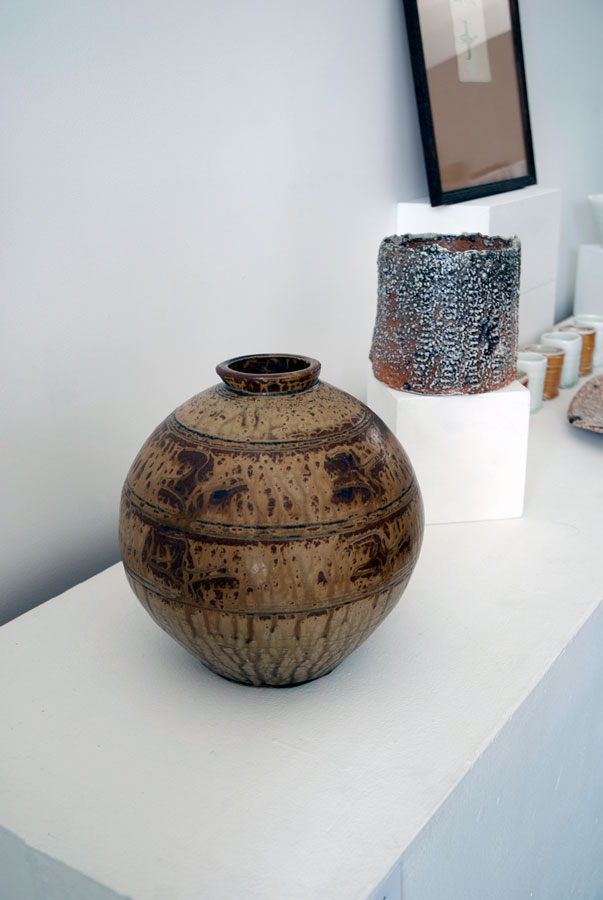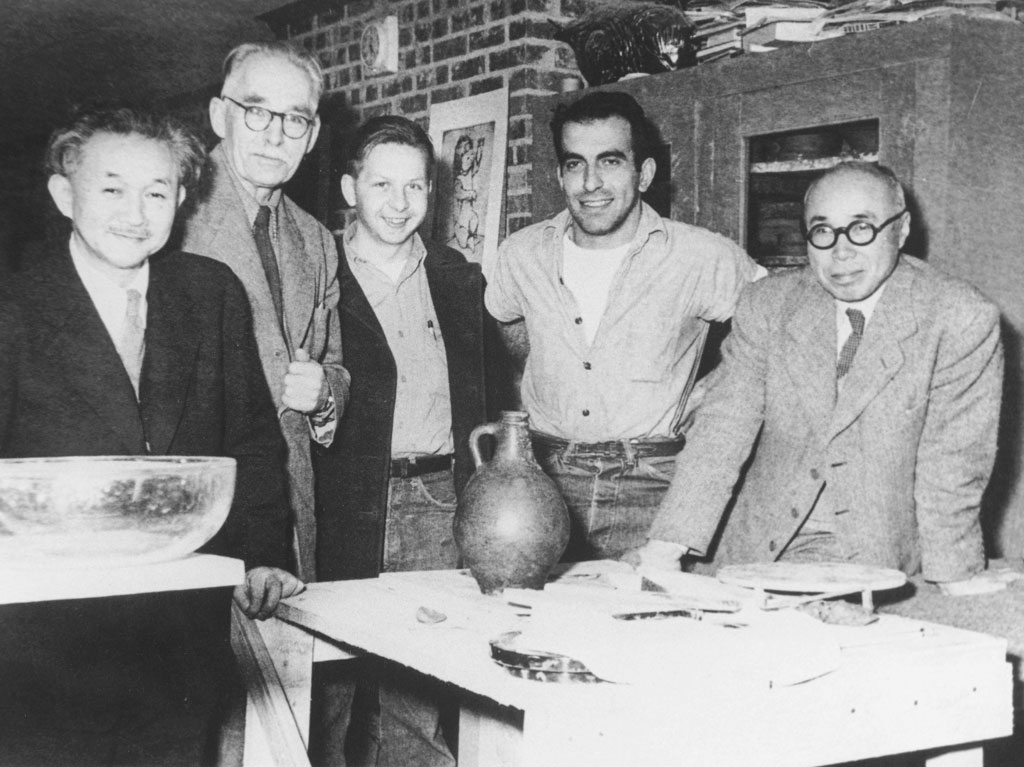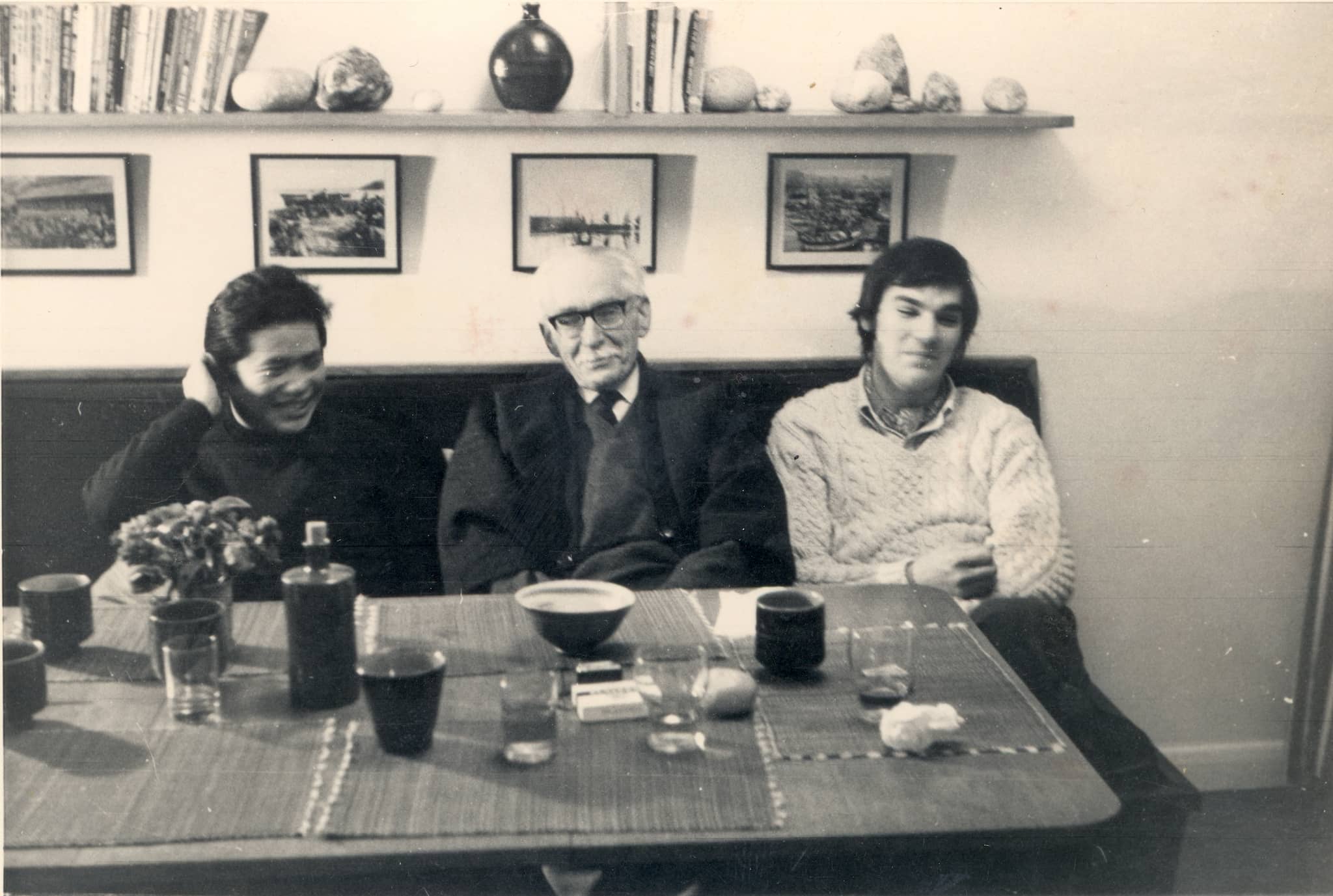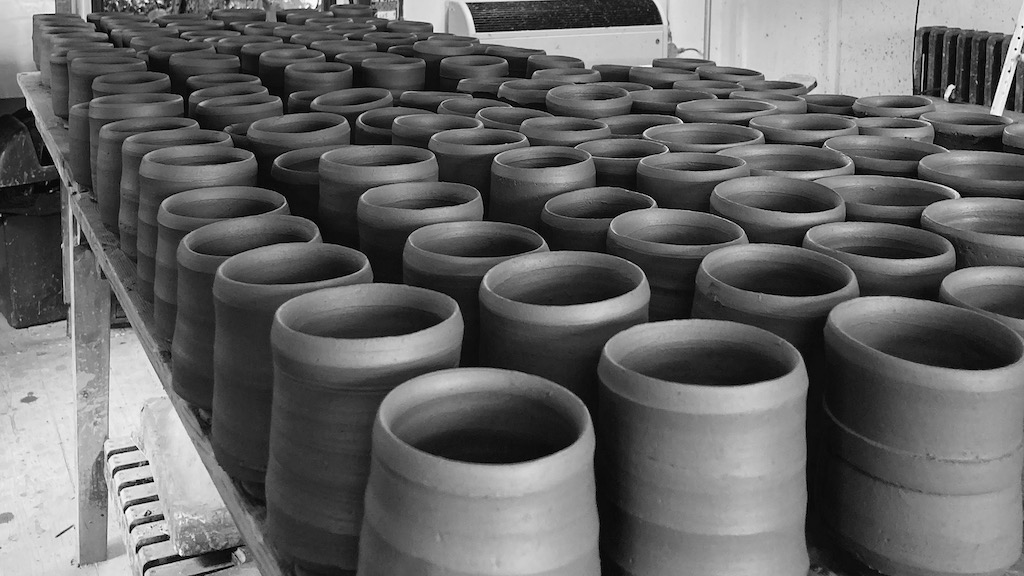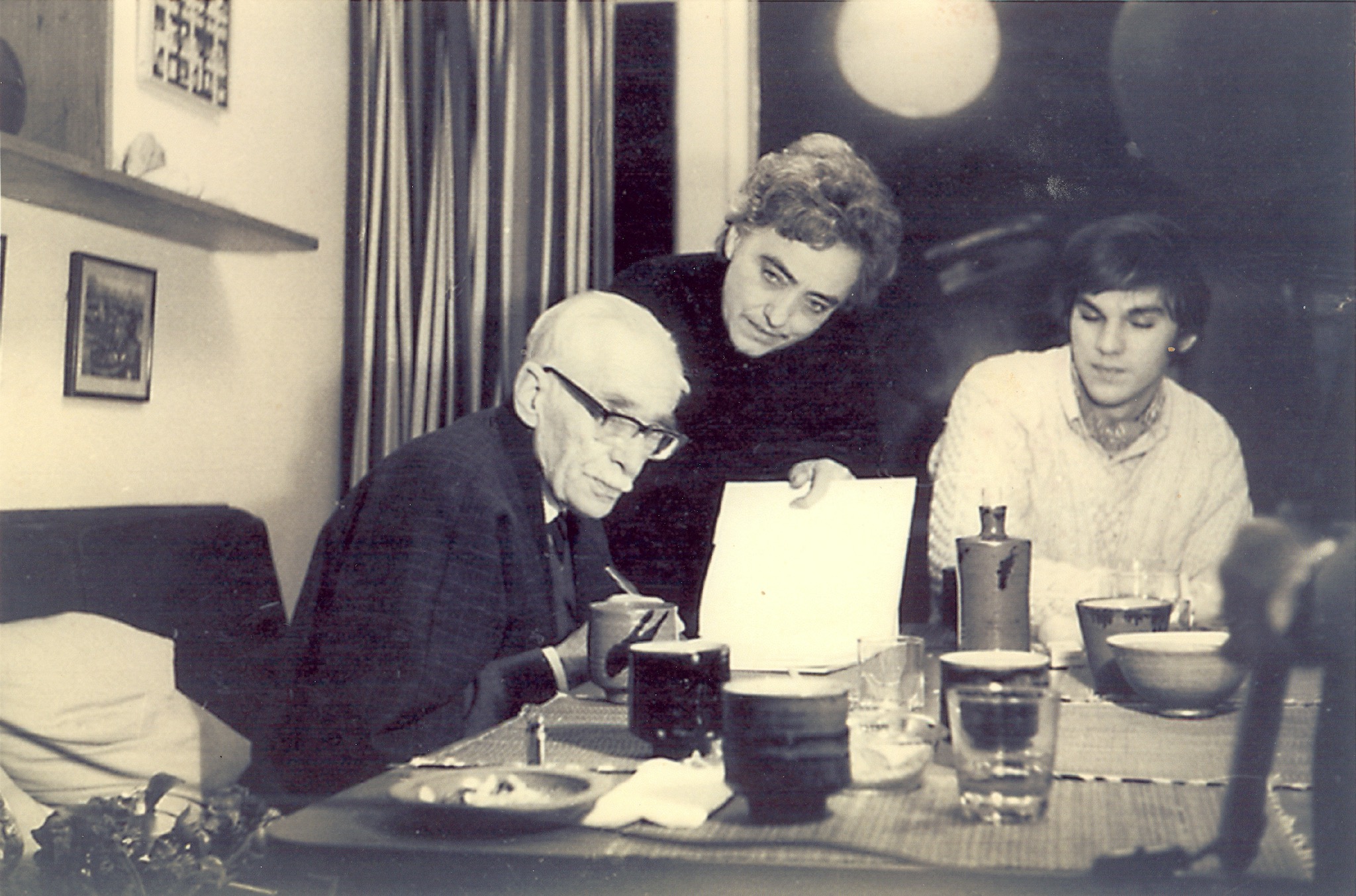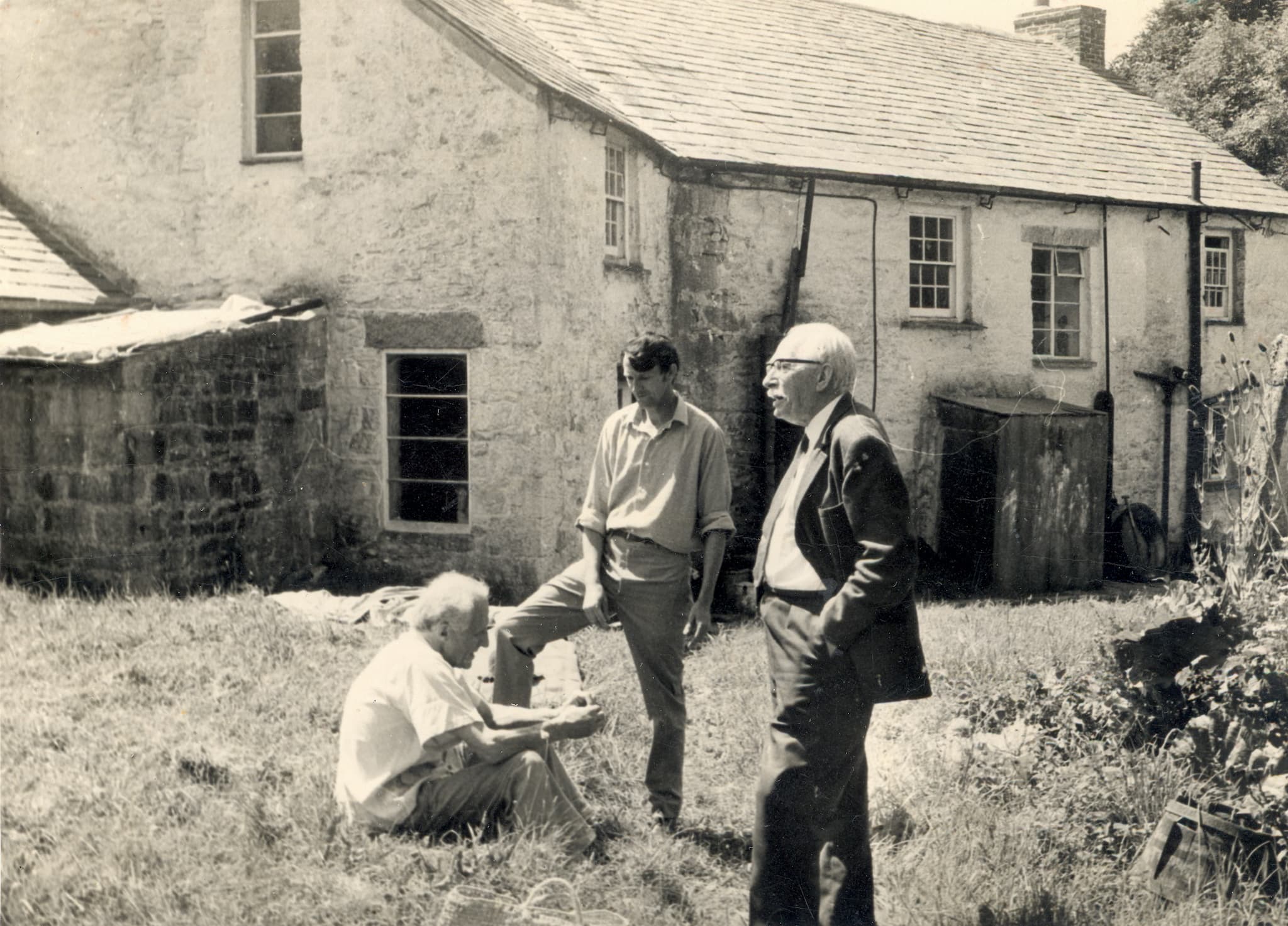loading...
Bernard Leach
Bernard Leach (1887–1979) was a British potter known for revolutionizing studio pottery and the profile of ceramic arts in Britain and the United States. His writing, teaching, and workhad a global impact.
Leach was born in Hong Kong and traveled extensively throughout Asia in his youth. In 1908, he moved to Japan with his first wife, Muriel, where he worked as an artist and teacher. He began to study ceramics after attending a raku pottery party and becoming enamored with the firing process. He spent the next several years developing his style and aesthetic philosophies. In 1919, he met potter Shoji Hamada, and the two became lifelong friends and collaborators. Leach and Hamada, along with the artist Soetsu Yanagi, were the three central figures in the Mingei (Folk Craft) movement. The Mingei approach emphasized the role of traditional techniques and functional necessity in the creative process. Mingei artists sought to imbue their work with timeless beauty, creating pottery which was both utilitarian and elegant.
In 1920, Leach was offered a capital loan by the philanthropist Francis Horne to establish a studio with Hamada in St. Ives, Cornwall, England. Leach Pottery was born, with Leach and Hamada initially producing original stoneware pieces. Their ethos merged Eastern and Western ceramic traditions. Leach Pottery would continue as a modest operation, often plagued by financial difficulty, until the end of the second World War. At that time, Leach’s son David became a partner and implemented a series of successful changes to the business. In 1946, the first set of Leach Standard Ware was released, which would grow to great success. Leach Standard Ware is still hand-made in St. Ives today.
Leach’s approach synthesized functionality, craftsmanship, and artistic expression. He was a proponent of the “Leach Standard:” a level of technical excellence that apprenticing craftsmen were required to meet before their work could be sold under the Leach Pottery name. Throughout his career, Leach taught and mentored numerous potters, contributing to the spread of his ideas and the studio pottery movement globally. He also frequently lectured on his ideas internationally. He believed in the importance of a strong connection between the maker, the material, and the process of creation. His teaching emphasized the value of handmade objects in a rapidly industrializing world. Leach and Hamada are widely regarded as some of the most influential craftsmen of the twentieth century. They both wrote extensively on pottery, aesthetics, and art theory. Leach’s books, including “A Potter’s Book” (1940), are still considered essential reading for aspiring potters.
Header image: Bernard Leach (left) and Shoji Hamada discussing a pot.
